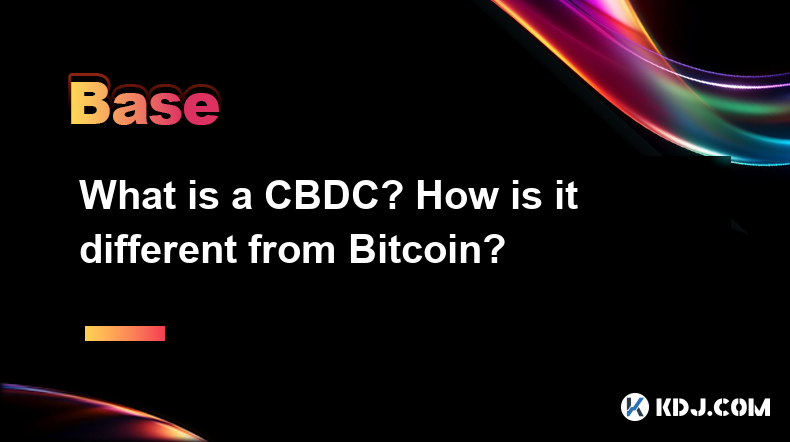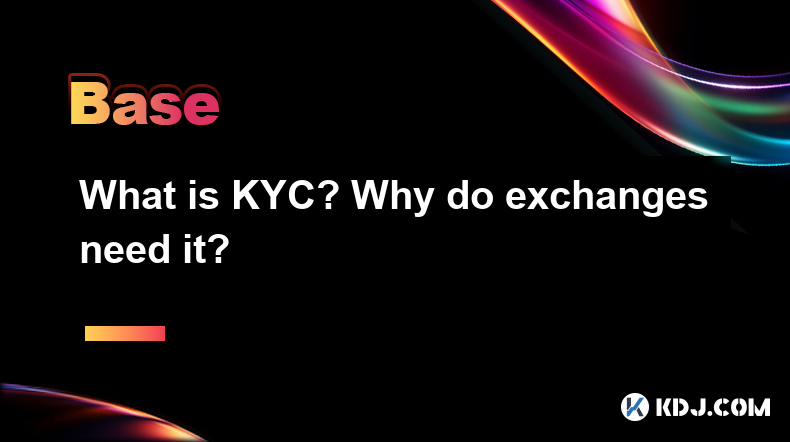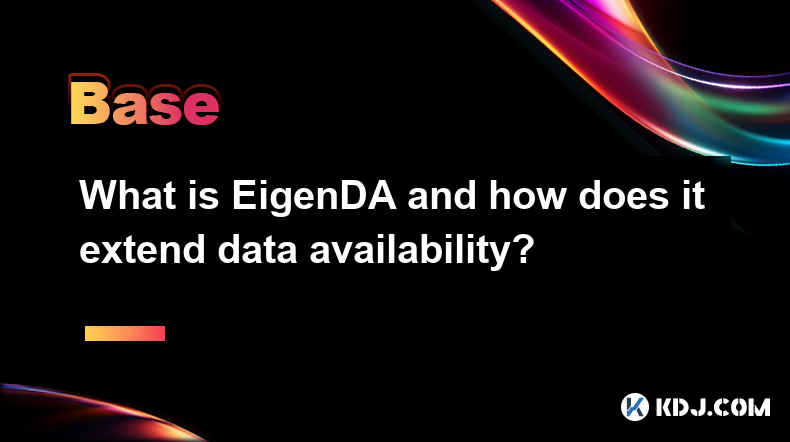-
 Bitcoin
Bitcoin $85,755.8002
1.64% -
 Ethereum
Ethereum $1,645.6905
1.27% -
 Tether USDt
Tether USDt $0.9998
0.02% -
 XRP
XRP $2.1577
1.11% -
 BNB
BNB $589.4257
0.30% -
 Solana
Solana $132.0805
-0.60% -
 USDC
USDC $1.0000
0.01% -
 TRON
TRON $0.2534
-1.14% -
 Dogecoin
Dogecoin $0.1610
-2.84% -
 Cardano
Cardano $0.6440
-0.39% -
 UNUS SED LEO
UNUS SED LEO $9.4349
0.54% -
 Chainlink
Chainlink $12.7648
0.18% -
 Avalanche
Avalanche $20.0359
0.31% -
 Stellar
Stellar $0.2412
-0.10% -
 Toncoin
Toncoin $2.9297
3.26% -
 Sui
Sui $2.2079
-2.65% -
 Hedera
Hedera $0.1679
-0.55% -
 Shiba Inu
Shiba Inu $0.0...01200
-2.02% -
 Bitcoin Cash
Bitcoin Cash $333.3530
-3.38% -
 Litecoin
Litecoin $78.5280
0.39% -
 Polkadot
Polkadot $3.6858
-0.63% -
 Hyperliquid
Hyperliquid $16.2142
3.18% -
 Dai
Dai $0.9998
-0.01% -
 Bitget Token
Bitget Token $4.3249
0.75% -
 Pi
Pi $0.7441
-1.29% -
 Ethena USDe
Ethena USDe $0.9990
0.02% -
 Monero
Monero $212.5820
2.77% -
 Uniswap
Uniswap $5.4137
-0.50% -
 Pepe
Pepe $0.0...07502
0.93% -
 OKB
OKB $52.3495
-1.44%
What is on-chain analysis and how to combine off-chain data?
On-chain analysis examines blockchain data to understand crypto market behavior, while off-chain data like social sentiment enhances market insights.
Apr 13, 2025 at 08:22 am

On-chain analysis refers to the process of analyzing data directly from the blockchain to gain insights into the behavior of market participants, transaction patterns, and other relevant metrics. This type of analysis is crucial for understanding the intrinsic value and dynamics of cryptocurrencies. On-chain data includes information like transaction volumes, wallet balances, and network activity, which can be used to assess the health and potential of a cryptocurrency.
Combining off-chain data with on-chain analysis can provide a more comprehensive view of the market. Off-chain data includes external factors such as social media sentiment, economic indicators, and regulatory news that can influence the cryptocurrency market. By integrating these two types of data, analysts can make more informed decisions and predictions.
Understanding On-Chain Data
On-chain data is derived directly from blockchain transactions and includes various metrics that can be analyzed. Some of the key metrics include:
Transaction Volume: This represents the total number of transactions occurring on the blockchain within a specific time frame. High transaction volumes can indicate increased network activity and potential market interest.
Active Addresses: The number of unique addresses participating in transactions. An increase in active addresses suggests growing user engagement with the cryptocurrency.
Wallet Balances: Analyzing the distribution of wealth across different wallets can provide insights into market concentration and potential whale movements.
Network Hash Rate: For proof-of-work blockchains like Bitcoin, the hash rate indicates the computational power securing the network. A higher hash rate generally signifies a more secure and robust network.
Tools for On-Chain Analysis
Several tools are available for conducting on-chain analysis. Some popular ones include:
Glassnode: Offers a wide range of on-chain metrics and insights for various cryptocurrencies. Users can access real-time data and historical trends to make informed decisions.
CryptoQuant: Provides detailed on-chain and market data, focusing on Bitcoin and Ethereum. It's particularly useful for understanding market sentiment and liquidity.
Nansen: A platform that combines on-chain data with off-chain insights, offering a holistic view of the cryptocurrency ecosystem. It's especially useful for tracking smart money movements and DeFi activities.
Importance of Off-Chain Data
Off-chain data encompasses information that is not recorded on the blockchain but can significantly impact the cryptocurrency market. This includes:
Social Media Sentiment: Analyzing sentiment on platforms like Twitter and Reddit can provide early indicators of market trends. Positive sentiment can drive buying pressure, while negative sentiment can lead to sell-offs.
Economic Indicators: Macroeconomic factors such as inflation rates, interest rates, and employment data can influence investor behavior and market dynamics.
Regulatory News: Announcements related to cryptocurrency regulations can cause significant price movements. Keeping track of regulatory developments is crucial for understanding market sentiment.
Combining On-Chain and Off-Chain Data
To effectively combine on-chain and off-chain data, follow these steps:
Identify Relevant Metrics: Determine which on-chain and off-chain metrics are most relevant to your analysis. For instance, if you're analyzing Bitcoin, you might focus on transaction volumes and social media sentiment.
Collect Data: Use tools like Glassnode for on-chain data and social media analytics platforms like Brandwatch for off-chain data. Ensure that you have access to reliable and up-to-date information.
Integrate Data: Use data visualization tools like Tableau or Python libraries like Matplotlib to integrate and visualize the data. This can help in identifying correlations and trends.
Analyze Patterns: Look for patterns and correlations between on-chain and off-chain data. For example, a spike in transaction volume might correlate with increased positive sentiment on social media.
Make Informed Decisions: Based on your analysis, make informed decisions about market trends, investment opportunities, and potential risks.
Practical Example: Analyzing Bitcoin
Let's consider a practical example of combining on-chain and off-chain data for Bitcoin analysis:
On-Chain Data: Use Glassnode to track Bitcoin's transaction volume and active addresses. Suppose you notice a significant increase in both metrics over the past week.
Off-Chain Data: Use Brandwatch to analyze Twitter sentiment related to Bitcoin. You find that positive sentiment has also increased over the same period.
Integration: Use Tableau to create a dashboard that visualizes the correlation between transaction volume, active addresses, and Twitter sentiment. You observe that as transaction volume and active addresses rise, so does positive sentiment.
Analysis: Based on this data, you can infer that the increased network activity and positive sentiment might indicate growing interest and potential bullish momentum in Bitcoin.
Challenges and Considerations
While combining on-chain and off-chain data can provide valuable insights, there are several challenges to consider:
Data Accuracy: Ensuring the accuracy and reliability of both on-chain and off-chain data sources is crucial. Inaccurate data can lead to misleading conclusions.
Data Overload: The vast amount of data available can be overwhelming. It's important to focus on the most relevant metrics and avoid information overload.
Correlation vs. Causation: Be cautious about mistaking correlation for causation. Just because two metrics move together does not mean one causes the other.
Timeliness: Both on-chain and off-chain data need to be timely to be useful. Delays in data collection and analysis can reduce the effectiveness of your insights.
Frequently Asked Questions
Q: Can on-chain analysis be used for all cryptocurrencies?
A: Yes, on-chain analysis can be applied to any cryptocurrency that operates on a public blockchain. However, the availability and quality of data may vary depending on the cryptocurrency and the blockchain's transparency.
Q: How frequently should I update my on-chain and off-chain data analysis?
A: The frequency of updates depends on your investment strategy and the volatility of the market. For highly volatile cryptocurrencies like Bitcoin, daily or even hourly updates might be necessary. For less volatile assets, weekly updates may suffice.
Q: What are some common pitfalls to avoid when combining on-chain and off-chain data?
A: Common pitfalls include relying on outdated data, focusing too heavily on correlation without considering causation, and ignoring the broader market context. It's also important to validate your data sources and avoid confirmation bias.
Q: Are there any specific tools recommended for beginners in on-chain and off-chain data analysis?
A: For beginners, tools like CryptoQuant and Glassnode are user-friendly and provide a good starting point for on-chain analysis. For off-chain data, platforms like Brandwatch offer easy-to-use social media analytics. Additionally, learning basic data visualization with tools like Tableau can help beginners integrate and analyze data effectively.
Disclaimer:info@kdj.com
The information provided is not trading advice. kdj.com does not assume any responsibility for any investments made based on the information provided in this article. Cryptocurrencies are highly volatile and it is highly recommended that you invest with caution after thorough research!
If you believe that the content used on this website infringes your copyright, please contact us immediately (info@kdj.com) and we will delete it promptly.
- BlockDAG's Keynote 3 Reveals Mainnet Launch Plans! SHIB & TON Whale Activity Surges
- 2025-04-15 14:00:12
- The April Shake-Up: Exploring Opportunities in the Altcoin Market
- 2025-04-15 14:00:12
- “The stock market is a device for transferring money from the impatient to the patient.”
- 2025-04-15 13:55:13
- 4 Coins to Watch in the Race to $1 by 2025
- 2025-04-15 13:55:13
- #Binance **⚠️ P2P Scam Warning**
- 2025-04-15 13:50:12
- Why This Utility Token Going Viral More Than Meme; Dogecoin, Shiba Inu & Pepe Coin?
- 2025-04-15 13:50:12
Related knowledge

What is a CBDC? How is it different from Bitcoin?
Apr 15,2025 at 01:49pm
A Central Bank Digital Currency (CBDC) represents a digital form of a country's fiat currency, issued and regulated by its central bank. Unlike traditional physical currencies, CBDCs exist purely in digital form, offering a new way for governments to manage their monetary systems. CBDCs are designed to provide the benefits of digital currencies while ma...

What is KYC? Why do exchanges need it?
Apr 15,2025 at 02:01pm
KYC, or Know Your Customer, is a process used by businesses, including cryptocurrency exchanges, to verify the identity of their clients. The primary goal of KYC is to prevent illegal activities such as money laundering, fraud, and terrorist financing. By implementing KYC procedures, exchanges can ensure compliance with regulatory requirements and maint...

How to buy Dogecoin in China?
Apr 14,2025 at 04:35pm
How to buy Dogecoin in China (DOGE) Dogecoin is a decentralized digital currency known for its iconic dog pattern. Here are the detailed steps on how to buy Dogecoin in China. step 1. Register a digital currency exchange account First, you need to register an account on a digital currency trading platform regulated by China. It is recommended to choose ...

Ouyi Exchange web version registration portal
Apr 15,2025 at 01:28pm
Ouyi Exchange web version registration guide: Get started quickly How to create an account on the Ouyi Exchange web version? The process of creating an Ouyi Exchange web version account is very simple, just follow the following steps: Browse to the official website of Ouyi Exchange. Click the "Register" option in the upper right corner of the ...

What is Delayed Encryption technology?
Apr 11,2025 at 10:42pm
What is Delayed Encryption Technology? In the world of cryptocurrencies, security is paramount. One of the innovative solutions to enhance the security of digital transactions is Delayed Encryption Technology. This technology introduces a layer of security by encrypting data with a time delay, ensuring that the information remains secure until a specifi...

What is EigenDA and how does it extend data availability?
Apr 11,2025 at 05:28pm
EigenDA is a groundbreaking solution within the cryptocurrency ecosystem designed to enhance data availability across blockchain networks. Developed by EigenLayer, EigenDA aims to address the critical issue of data availability, ensuring that all participants in a blockchain network can access the necessary data to verify transactions and maintain the i...

What is a CBDC? How is it different from Bitcoin?
Apr 15,2025 at 01:49pm
A Central Bank Digital Currency (CBDC) represents a digital form of a country's fiat currency, issued and regulated by its central bank. Unlike traditional physical currencies, CBDCs exist purely in digital form, offering a new way for governments to manage their monetary systems. CBDCs are designed to provide the benefits of digital currencies while ma...

What is KYC? Why do exchanges need it?
Apr 15,2025 at 02:01pm
KYC, or Know Your Customer, is a process used by businesses, including cryptocurrency exchanges, to verify the identity of their clients. The primary goal of KYC is to prevent illegal activities such as money laundering, fraud, and terrorist financing. By implementing KYC procedures, exchanges can ensure compliance with regulatory requirements and maint...

How to buy Dogecoin in China?
Apr 14,2025 at 04:35pm
How to buy Dogecoin in China (DOGE) Dogecoin is a decentralized digital currency known for its iconic dog pattern. Here are the detailed steps on how to buy Dogecoin in China. step 1. Register a digital currency exchange account First, you need to register an account on a digital currency trading platform regulated by China. It is recommended to choose ...

Ouyi Exchange web version registration portal
Apr 15,2025 at 01:28pm
Ouyi Exchange web version registration guide: Get started quickly How to create an account on the Ouyi Exchange web version? The process of creating an Ouyi Exchange web version account is very simple, just follow the following steps: Browse to the official website of Ouyi Exchange. Click the "Register" option in the upper right corner of the ...

What is Delayed Encryption technology?
Apr 11,2025 at 10:42pm
What is Delayed Encryption Technology? In the world of cryptocurrencies, security is paramount. One of the innovative solutions to enhance the security of digital transactions is Delayed Encryption Technology. This technology introduces a layer of security by encrypting data with a time delay, ensuring that the information remains secure until a specifi...

What is EigenDA and how does it extend data availability?
Apr 11,2025 at 05:28pm
EigenDA is a groundbreaking solution within the cryptocurrency ecosystem designed to enhance data availability across blockchain networks. Developed by EigenLayer, EigenDA aims to address the critical issue of data availability, ensuring that all participants in a blockchain network can access the necessary data to verify transactions and maintain the i...
See all articles























































































